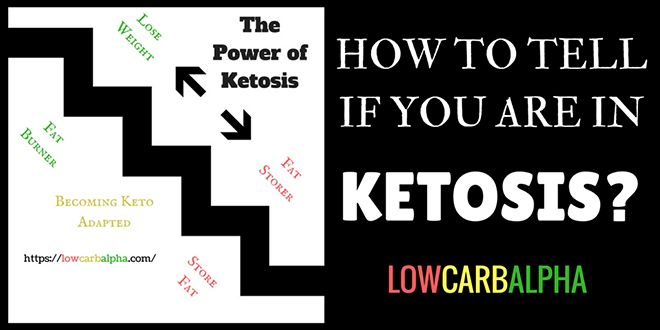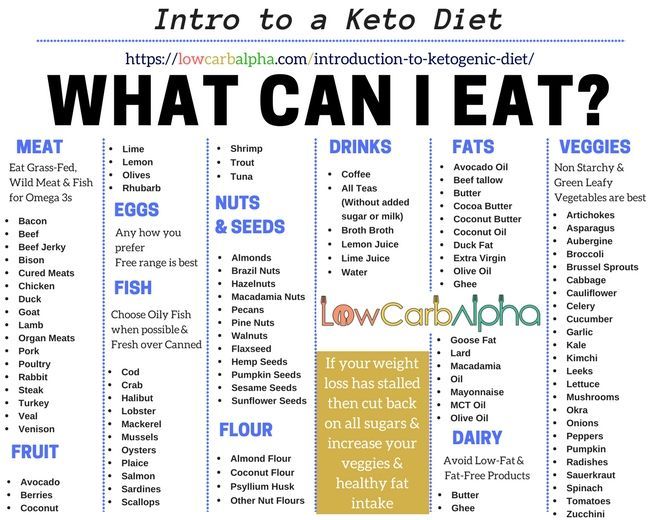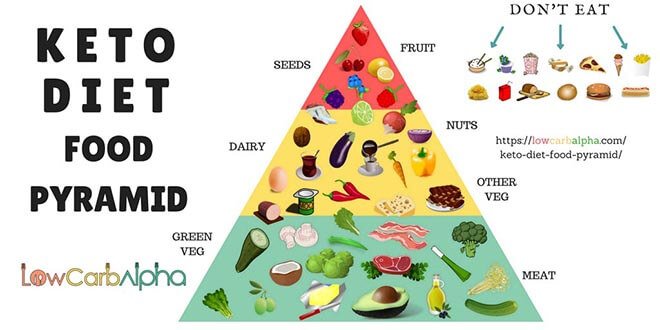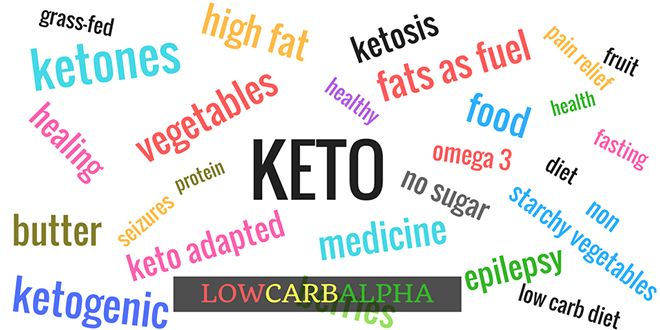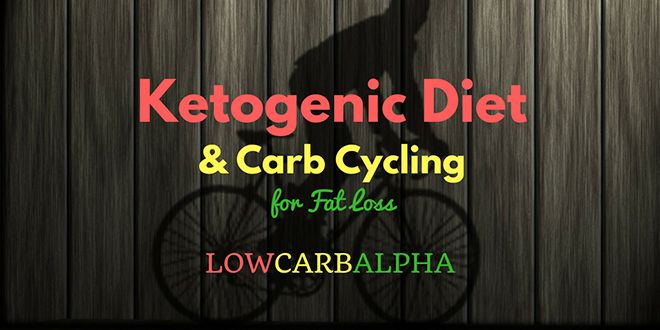A ketogenic diet is having a minor resurgence as of late, surpassing low carb diets for fat loss. The idea of keto dieting is to use all of your body’s glucose reserves and burn ketones for energy.
The body eventually reaches a state of ketosis from the result of reducing your net carb intake.
People who are new to a low carb high fat, ketogenic diet often ask what are the signs, symptoms, and how to tell if you are in ketosis without strips.
If you’ve never been in ketosis before then, you may not even realize you are in it.
The human body is quite remarkable, being able to switch from burning glucose for energy to ketones.
Your body experiences many physiological adaptions, including a decline in insulin and the breakdown of fats.
While you can confirm ketosis by using urine ketone sticks and blood ketone tests, it is not always practical or convenient.
You may be at work, out to eat with friends, and don’t need the hassle of measuring your blood or urine levels of ketones.
There are many small signs and symptoms of ketosis which can help your analysis.
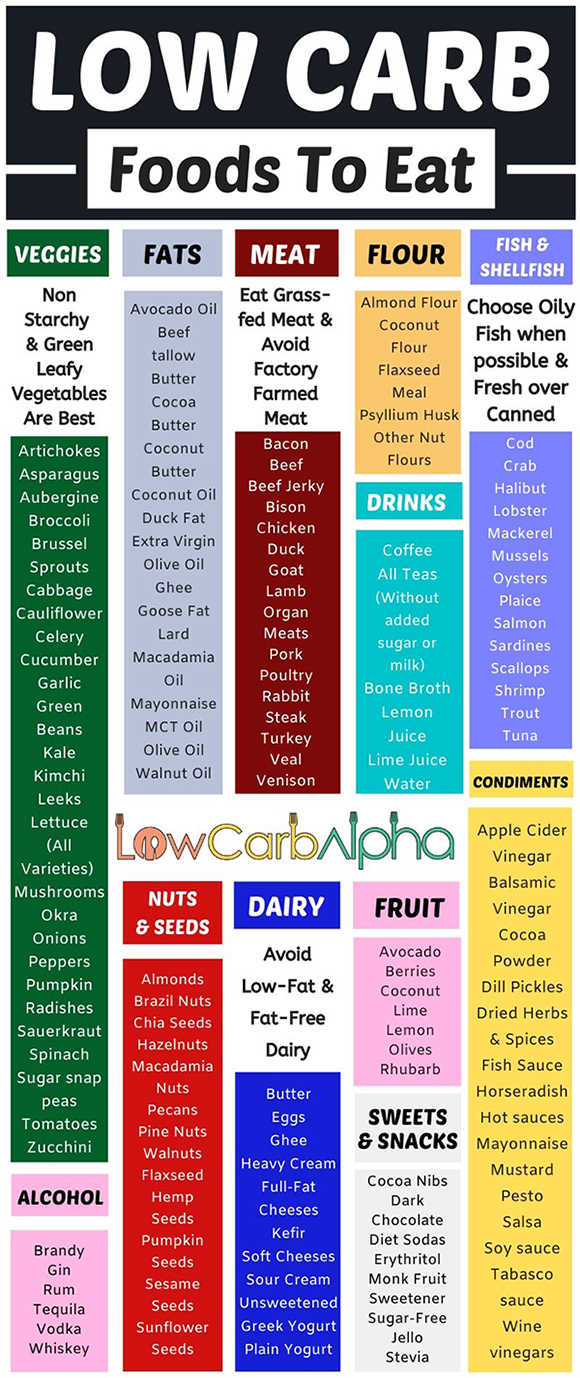
Sleep and Ketosis
No matter what type of diet you follow, after a good night’s sleep, you are already in light ketosis.
While you have fasted for over 8 hours, you are on your way to burning ketones.
Once the liver glycogen stores deplete, we begin to produce ketone bodies at an exponential rate.
Despite that, it doesn’t mean that we’ll be utilizing them efficiently.
We will not be able to effectively use ketone bodies for our muscles, brain, digestive system if we are not keto-adapted.
When following a ketogenic diet, some people may experience all symptoms of ketosis, and some may only feel a few signs or none at all.
If you are brand new to low carb high fat dieting then achieving the optimal fat burning state takes time.
Your body will have been reliant on you, bringing in carbs and glucose your entire life.
It won’t be ready to give up carbs and start craving saturated fats. Here are signs and symptoms of ketosis without using strips.

Bad Breath
One of the first noticeable signs of full ketosis is bad breath, similar to nail polish remover and sometimes with fruity, or metallic taste.
Bad breath is due to acetone, a by-product of acetoacetic acid, which you may smell on a person’s breath. A drier mouth could be another similar symptom.
The change in the way your body processes these abundant low carb high-fat foods makes it a common side effect.
Bad breath is not permanent and will soon pass after you become accustomed to a keto diet lifestyle.
If it puts you off, then there are simple steps you may temporarily use until you are adapted.
If you are socializing with friends, use sugar-free chewing gum or beverages such as diet soda drinks or no added sugar squash.
Be sure to check nutrition info for carb content and only use this strategy occasionally since they can reduce ketones bodies in the blood.
If by yourself at home, then simply brush your teeth an extra couple times a day, which is always good for fresh smelling breath.
Stronger urine smell
The same reason for the cause of bad breath on keto goes for a stronger urine smell.
As acetone excretes from your body, it will produce a stronger noticeable odor.
This isn’t a cause for concern, your body is slowly adjusting to ketosis.
Increased thirst
When eating carbohydrates, you increase fluid retention. Once you flush the carbs, water weight is lost, and you will have to counterbalance by increasing your water intake since you are somewhat dehydrated.
You’ll want to drink more water on a low carb or ketogenic diet since because your body needs more of it.
When you store carbs in the body, it also means you are retaining a large amount of water.
If you become dehydrated, it can use the stored carbs to restore some hydration partially.
When in ketosis, you restrict the carb intake significantly, so your body simply does not have these extra reserves of water available.
The only resolution is to drink more water more since when you become dehydrated on keto, there isn’t a lot the body can do.
You were dehydrated in your previous diets, just that carbs consumed stopped you from getting that thirsty. The bottom line is keto a diuretic state, keep a bottle of water by your side, and sip throughout the day.

Lack of appetite
On keto, you will be increasing your fat intake exponentially, reducing your carbs and proteins overall amount.
One of the best symptoms of ketosis is a reduced appetite from consuming many fibrous veggies, fats, and satiating nutrients.
Not feeling hungry as often and a feeling of satisfaction after meals is a major plus on keto.
It gives us one less thing to worry about and makes the whole keto-adaptation process much more manageable.
Increased Mental Clarity and Energy
People on short-term low carb diets describe tiredness, blurred thinking, and generally feel unwell.
Often referred to as keto flu. Your body must first adapt to using ketones for fuel, instead of glucose.
Long-term results on a ketogenic diet are quite the opposite, often with enhanced focus, enthusiasm, and energy.
A ketogenic diet was also used to help treat patients in the 1920s and 1930s suffering from epilepsy and seizures. So it can certainly help to improve mental health and cognitive function.
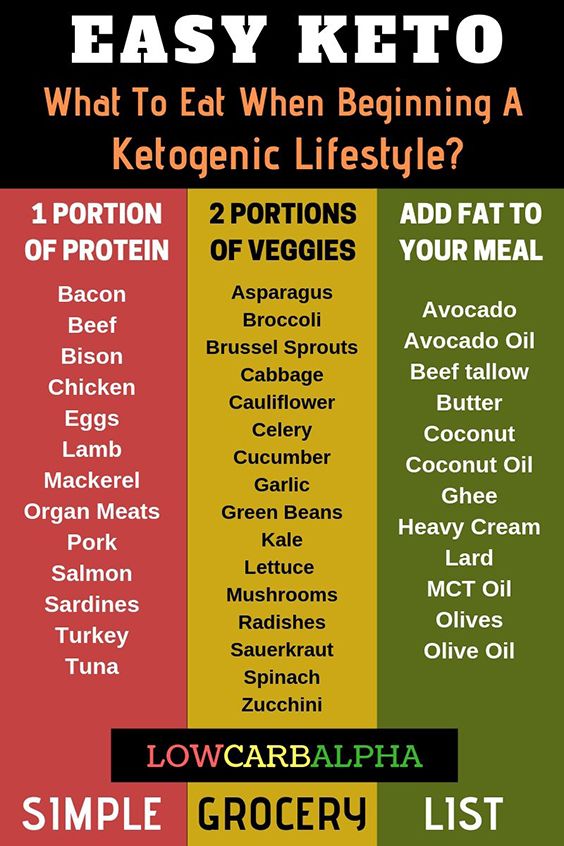
Digestion problems
After completely changing your diet overnight, you may experience stomach complaints, diarrhea, or constipation.
Depending on what you have chosen to eat, you may need to increase your fiber intake from various vegetables.
Your fiber intake may be too high compared to your previous diet, so try reducing certain foods.
After the transitional phase to keto finishes, it should have cleared up.
In this modern world, your gut will most likely be lacking beneficial bacteria.
Consuming fermented foods will greatly increase your probiotics aiding digestion. You will benefit from omega 3 fatty acids, b-vitamins, and beneficial enzymes also.

Measuring Ketone Levels
Detecting ketones in the urine is an accurate way of measuring your ketone levels. Ketone urine strips are widely available, simple to use, and can instantly check your levels. After you’ve done your business, simply match the color of the stick to the guidelines given to see your ketosis level.
Urine strips are not 100% accurate since it won’t match the more accurate readings of ketone levels in your blood.
Some people may prefer the more accurate reading of ketone blood levels. Let’s not forget you will need to prick yourself with a needle every time you want to test, so it’s far from pain-free.
Blood ketone meters will generally be more expensive than urine strips as well.
These tools are far from essential for LCHF dieting. Stick to a simple plan with your exercise and nutrition on track, and you will see good results. If you’re curious or wish to measure readings on a daily basis, then it’s a decent investment.
Ketosis and Ketoacidosis
Ketosis on a low carb high fat diet causes slight acidosis when the body’s pH level is lower than normal.
However, some signs of ketosis may turn out to be ketoacidosis. Here your blood pH falls even lower than normal, which can be life-threatening.
If you have type 1 diabetes, then ketoacidosis will be more common. Otherwise, it’s unusual when keto dieting.
Ketoacidosis signs might include confusion, nausea, vomiting, dehydration, shortness of breath, rapid heartbeat, fatigue and increased urination and thirst.
If you encounter anything above, especially if you have type 1 diabetes, then it’s advised to call a doctor or ambulance for advice.
How Long To Get Into Ketosis
When you reach nutritional ketosis, part of the brain starts burning ketones instead of glucose. When you fast, the hormones in your body change.
Fat is released from cells and made into ketones within the liver. A ketogenic diet is very similar to fasting in many ways.
Everyone is different, but it’s possible to get into ketosis in a couple of days after using all your stored glycogen.
More likely, it can take a few days, a week, or up to a month.
Your carb and protein intake will greatly determine how fast ketosis begins.
Exercise levels play a big part also. The more active you are, the quicker it is, and the less active you are, the slower it takes to get into ketosis.

Keto and Electrolytes
In the beginning, when following a ketogenic diet, you may also feel severe muscle cramps, lack of drive, and feel nauseated.
These negative symptoms, also known as keto flu, usually result from an electrolyte imbalance.
Increasing your salt intake by simply adding salt to meals or drinking bone broth will help your keto-adaptation. Changing what you eat changes how your body operates inside.
If you have any health concerns, then make sure you discuss these with your healthcare professional.
For me, individually, the sense of being in ketosis is easy to recognize.
After becoming keto and fat-adapted several times, you feel different! Sometimes I have a strange taste in my mouth, increased mental clarity, much lower appetite, and increased energy.
These are all small, subtle signs, but over time you will learn to sense the changes. Eventually, your body gets used to ketosis, and you slowly lose your carb cravings.
Remember everybody’s different and even if you don’t have any signs of being in ketosis it doesn’t suggest that you are not.
How do you know if your body is in ketosis, and what are your signs of being keto-adapted? Please leave any comments below.

